One on One with Ted's Masters - Oli Sansom
This week we get to know a little bit more about an integral member of the Ted's Masters team, Oli Sansom!
Oli is a professional photographer from Melbourne and he is always keen to help us out with inside advice and tips.
Hi Oli, please introduce yourself
Hiya, I'm Oli. I'm from Melbourne, and I photograph weddings, use analog cameras, and listen to death metal and 90’s rap. Somehow they all compliment each other.
What defines your photography style?
Depending on who you ask, my style is defined by words like “moody” and “dark’. I think that’s more representative of an ongoing phase, which I'm pretty happy to indulge in for the moment. I think around that it’s defined by experimentalism and pedantism in equal measure, applied to people and stories.
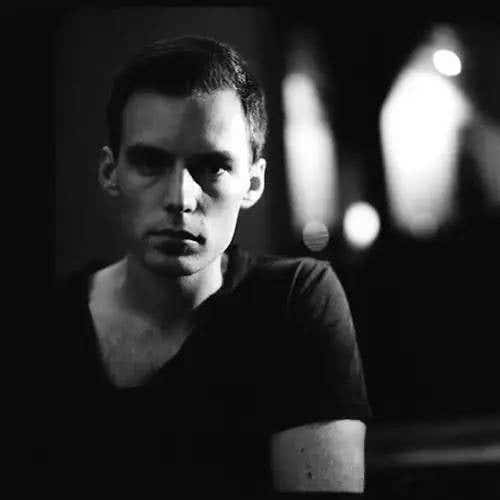

Do you have any formal training?
I don’t have any formal training, which is both a blessing and a curse. In a formal environment, one of the first things you learn is the importance of a coherent body of work, and exposure to feedback loops. When you’re an anarchist cowboy like me that tries to break into the industry without any of that, they end up being the very last things focused on.
The benefits of an informal entry is that you’re creatively free, and not restricted by a learning syllabus that might favour a more commercial angle, which then might take time to undo. I'm glad I went about things this way, and I'm now focused on bodies of work, and trying to be much more critical.
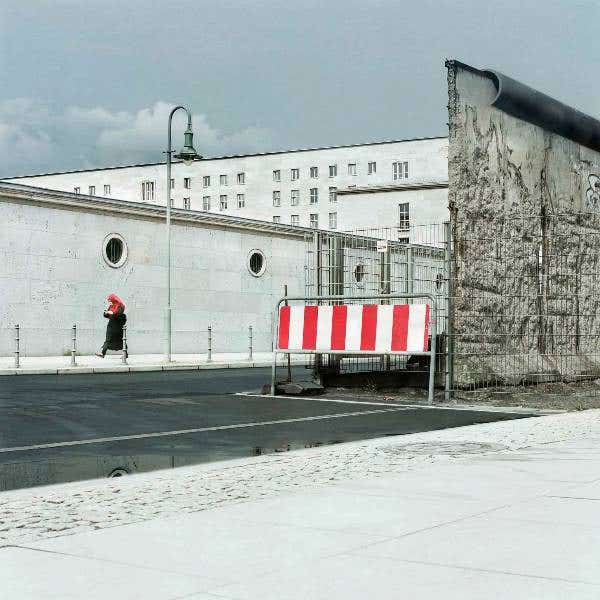

What inspires you?
Music, the outdoors, and people that stay curious and do things differently, whether they’re artists or otherwise.
What do you think were some of the key elements to the development of your photography?
First and foremost, going in blind, and without an initial heavy commercial goal. It then informed my style by keeping the focus on me producing the kind of work I was drawn to, rather than the type of work I thought would either sell better or generate a better response from people. It meant I focused on my own love of tone, mood, and dynamism, and the net effect of approaching any kind of creative work in that way is that the work ends up being different: it’s a reflection of yourself, rather than the average of what everyone else is doing.
Secondly, a fascination (or obsession) in wanting to know “all the bits”. People talk about photography not being all about the tools or techniques - which is true until you ask yourself “am I better off knowing as much as I can anyway?”. Any technique or tool that is awkward to use at first can quickly be learnt, and then brought in to create a point of difference. I try and learn as many crazy ways of doing things as I can.
And of course - lots of coffee, and a tolerant girlfriend!
What type of lighting do you use most within your photography?
I use “natural” light mostly, but that’s only because I haven’t gone too far down the rabbit hole of studio lighting. I love how many varied looks are possible just through manipulating angle and exposure with natural light. There are so many benefits to enhancing things tastefully with artificial light, so I'm looking forward to exploring that a little more - there’s a big misconception amongst natural light shooters that adding artificial light will make things look fake.
What are you currently working on?
Two music videos, some weddings, two photography apps, preparing a talk for a conference in March, and somewhere in there, trying to plan my first two really important personal projects. Hopefully after that, returning to a book I was partway through writing last year. It’s a bit of a full plate, that’s for sure.
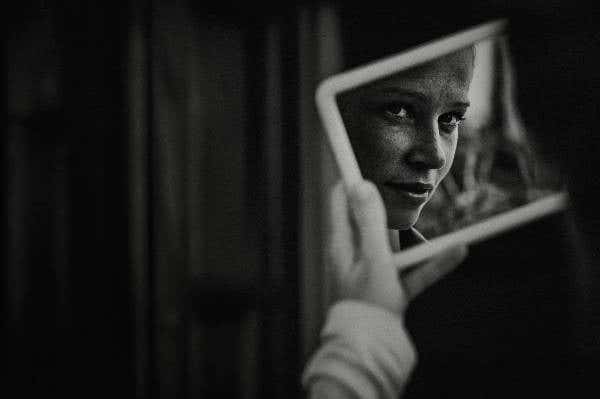

Who are your favourite photographers and/or artists as of right now?
Zdzislaw Beksinski is always at the top of my mind when answering this. Incredible textured worlds that take a very special, unique mind to create. Back when I was focused more on developing myself as an illustrator, Jeffrey Smart was a painter introduced to us by our art teacher, and he immediately struck a major chord: urban scenes that might best be described as “ugly”, instead rendered beautifully and artfully composed, and it’s an influence I've been conscious of trying to bring into my photography.
Sean Fennessy is a local photographer I have admired for several years now - polished images and a focus on bodies of work that tell a story. I think this second point is one of the only ways a photographer can get useful exposure and longevity. Very rarely are bodies of work shared for the sake of pure prettiness: they almost always gain notoriety through being lean and built around a considered & focused theme. His set “Gold which draws parallels between Dubai and the Gold Coast is a subtle and clever example of this.
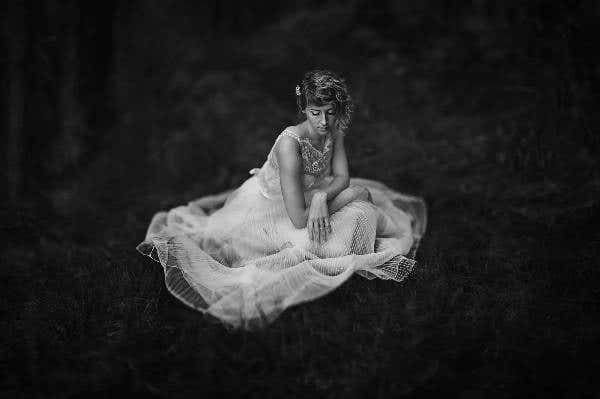

What is your proudest moment as a photographer?
It’s hard not to be pretty proud when you get to enjoy an emotional response to the work you do for real humans. It’s unlike just about any other creative industry. Around that, I'm just pretty dang stoked that I get to create images for a living locally and internationally, take coffee breaks whenever I want, and play music as loud as I want at work, all thanks to photography. It’s charmed.
How has social media helped with the success of your photography?
A considered and manageable social media plan (whether or not anyone wants to call it that) is super important and really does great things to let work that is strong reach the right audience. I've been a bit lax on mine, but Instagram and Facebook are the very reasons I've been able to photograph and run workshops overseas.
It really blows my mind, and I only wish I took Instagram a little more seriously a little sooner, and perhaps even Tumblr: recently, an art director in Spain found an image of mine that someone had shared on Tumblr, got in touch, and licensed it for two years for a campaign. Getting work out there is essential.
What’s your favourite photo that you've ever taken?
My favourite personal image changes often, but at the moment, I love the many contrasts within this image taken in Berlin, on a Hasselblad soon after exiting a gallery.
What is something you wish you were better at?
Time management, outsourcing, and letting go. I've had a few projects I've been super excited about sit on the shelf for a totally unnecessary 18 months now, so realising that outsourcing and getting organised can actually help me get the work that matters done has been a big thing.
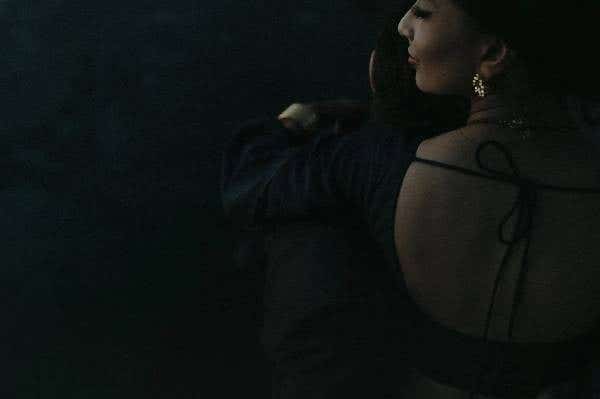

How important is post-processing to your works?
Post processing is super important to my work. In the workshops I run, I go on quite a bit about the importance of creating points of difference in your work. At the moment, as everyone migrates to Lightroom and associated presets, what they don’t realise is that software light Lightroom (great as it is - I use it for 90% of my stuff) lets you mould an image within a fairly narrow band of possibility - that it’s engineers have determined. Even the little things we might not think about: colour sliders, the RGB curve, etc - they all react in a certain, deliberate way.
And that’s fine - you can, of course, do just about everything you need to in there.
But I’m a big fan of exploring the post-processing world and software outside of Lightroom. There’s a bunch of really nifty tools out there that can help you create looks that are literally impossible to create inside volume software like Lightroom. Obviously post-processing is secondary to a great starting image, you can’t polish a rampantly fermenting mouldy apple, but I’m a big advocate of making an effort to explore what's out there and learn some post-trickery to enhance what is already good and reduce what is not.
When shooting style and post-processing style work together in harmony, it’s a powerful thing.
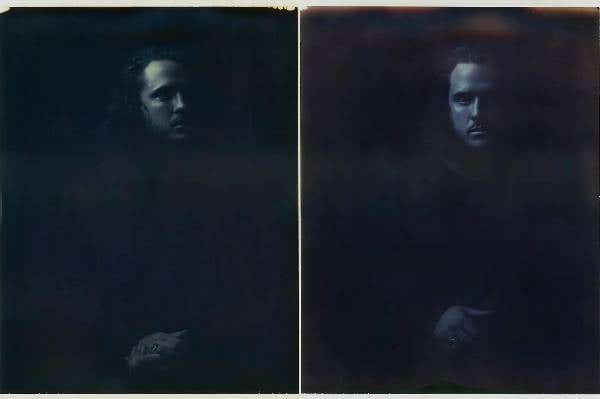

What type of photography do you enjoy the most? Creating your own personal work or client shoots?
For me they both meet in the middle. Obviously whenever there’s money involved there becomes some kind of compromise, but aside from keeping a healthy degree of safety within a client shoot, for the rest of it I try and treat it as personal work - it’s exactly how I've built my business and folks that hire me now hire me for my own way of doing things.
What is the best advice you have ever received?
“Nuthin to it but to do it” - this gem comes from the great big man Ronnie Coleman, and it really is that simple.
What awards have you won?
The one I was most excited about was Capture Magazines Emerging Photographer of the Year, as well as portrait photographer of the year, and finalist for the wedding and documentary categories. Last year I had a Moran Prize finalist, American Photographic Association Music Video of the Year & Atom Award Music Video of the Year. A music video where I was director of Photography was also the runner up for music video of the year in the JJJ awards.
What tips would you give a photographer on the best way to get your work published/ or/ to get noticed?
Shoot often, be curious, and put in the hours. It’s that simple - everything else follows that. I spent 3 hours on a single image once, when many peers were spending 3 hours on an entire shoot. That single image did a lot of good things for me. In the most awesome way, creative production has been completely democratised. So if you want to get published, you need to get noticed, which means you need to create a point of difference, which means putting in hours. Around that, make submissions - you never know who might want to feature you5r work: don’t ask, don’t get.
Any big plans for the future?
In the long term, I'm working on ways to make this photography thing sustainable, so I can maintain the effort I currently put into shoots over a smaller number of them. In the short term I have a few creative projects I'm really excited about, and I haven’t seen anything quite like them done before. Fingers crossed I can make inroads into them this year.
Any advice for the novice photographer?
Buy the tools you need, right now, collaborate, shoot often, and totally forget about finding the ‘perfect’ personal project, as if that even exists – it will come out when you’re creating and going through a process, not sitting about waiting for it to fall in your lap.
What's in Oli's bag?
Oli also shoots with the following film cameras:
Yashica TLR
Pentax 67II
Hasselblad 500CM
Crown Graphic 4x5
Oli has the following on his wish list:
Canon 135mm f2 L
8x10 field camera
16x20 field camera
Want to learn more about our Masters?
If you have enjoyed learning about Oli, don't forget to head to our Masters page to find out more about the rest of the team. To inquire about any of the gear mentioned in this story, shop online or head into your local Ted's camera store.
Next Post
Andrew Peacock - Ol Pejeta Conservancy, Kenya
Previous Post
DSLR's Are Dead! - Oli Sansom




